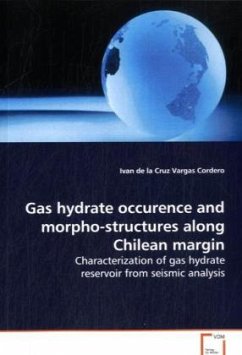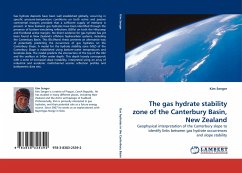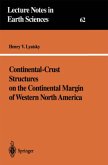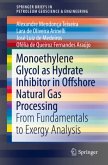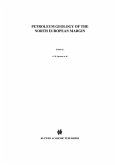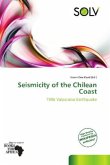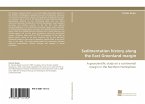During the last decades, the scientific community
spent many efforts to study the gas hydrates in
oceanic and permafrost environments. In fact, the gas
hydrate occurrence has a global significance because
it is a potential energy resource. Moreover, it may
play a role in global climate change. The detection
of a bottom-simulating reflector (BSR), by using
seismic methods, has allowed to define the
distribution of gas hydrate. In the last decades,
along the Chilean continental margin the BSR is well
reported by several geophysical cruises. In
particular, the BSR is recognized along the
accretionary prism. The main goal of this study is to
map the gas hydrate occurrence along Chilean
margin. The main results obtained from seismic
analysis are shown in this book. This analysis giving
us information regarding the seismic velocity
distribution, geothermal gradient, variation of gas
concentrations and a realistic estimate of gas-phase.
The results are promising because an important gas
reservoir was identified.
spent many efforts to study the gas hydrates in
oceanic and permafrost environments. In fact, the gas
hydrate occurrence has a global significance because
it is a potential energy resource. Moreover, it may
play a role in global climate change. The detection
of a bottom-simulating reflector (BSR), by using
seismic methods, has allowed to define the
distribution of gas hydrate. In the last decades,
along the Chilean continental margin the BSR is well
reported by several geophysical cruises. In
particular, the BSR is recognized along the
accretionary prism. The main goal of this study is to
map the gas hydrate occurrence along Chilean
margin. The main results obtained from seismic
analysis are shown in this book. This analysis giving
us information regarding the seismic velocity
distribution, geothermal gradient, variation of gas
concentrations and a realistic estimate of gas-phase.
The results are promising because an important gas
reservoir was identified.

